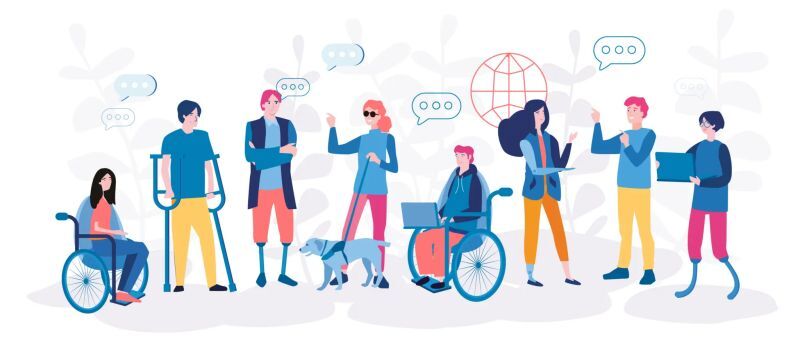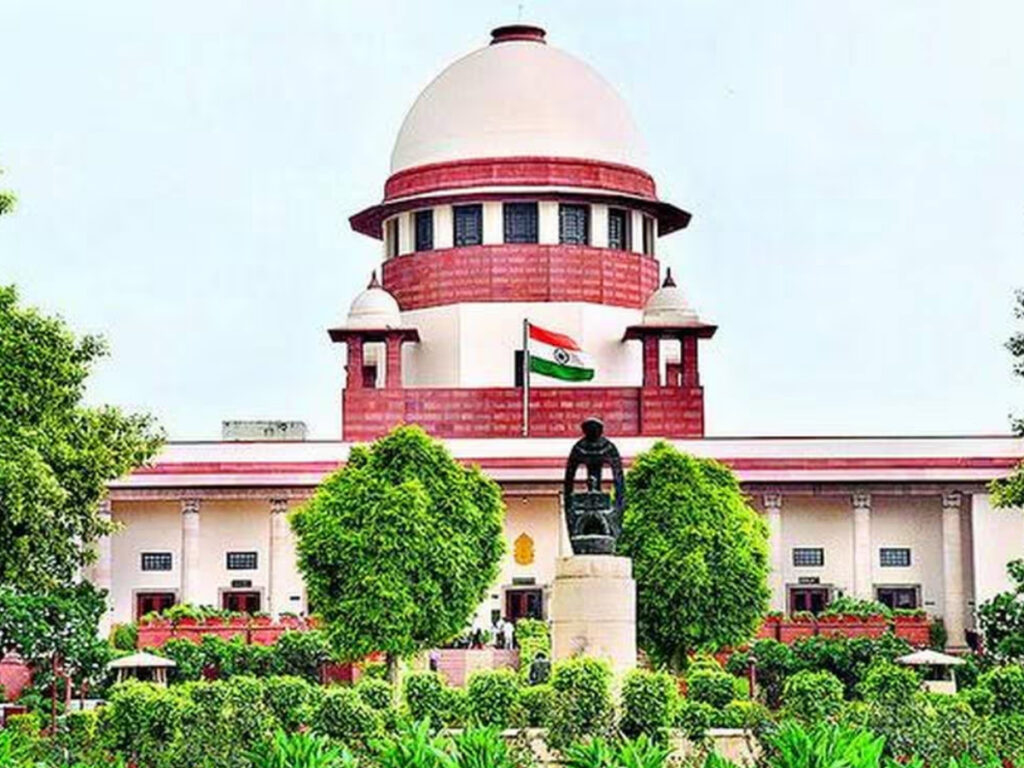The historic decision emphasises how words that denigrate people with special needs only serve to further marginalise them. It serves to reinforce the obstacles to their social engagement. Chief Justice DY Chandrachud of India has advocated for respectful and genuine representation rather than stereotypes that minimise their experiences. He points out that jokes about the disabled have been used for comedic effect and that this knowledge is out of date.
The underrepresentation of disabled people in the mainstream discourse has been blamed for the lack of familiarity.Distinguish between “disability humour,” which promotes awareness of the disabled, and “disability humour,” which disparages them, is the plain message conveyed by the CJI.

Source: LinkedIn
The supreme court rightly determined that one cannot use creative liberty by making fun of, stereotyping, misrepresenting, or disparaging people who are already marginalised. It is indisputable that labels like “spastic” and “cripple” have come to be associated with negative connotations in the eyes of society. It is now the duty of filmmakers to eschew offensive cliches and caricatures.
The emphasis of the creative lens needs to be shifted to truthful, inclusive, and sensitive representation.The new criteria are in accordance with the 2016 Rights for Persons with Disabilities Act and the Constitution’s anti-discrimination and dignity-affirming goals.
Source: Aaj Tak HD
The goal of the law is to uphold the dignity and rights of people with disabilities. They still find it difficult to reclaim their proper area. Their reality is unequal hiring and promotion practices, limited training opportunities, occupational segregation, and inattention to their needs in public facilities and workplaces. Giving them a supportive environment is the key to true empowerment. A critical first step is to portray people as they are.
What do you think about this? Comment below.

